Biocompatible silicones within the medical industry
Silicone is a popular choice for medical device manufacturing. In this post we guide you to the different biocompatible silicones & their use.
Silicone is a popular choice for medical device manufacturing. In this post we guide you to the different biocompatible silicones & their use.
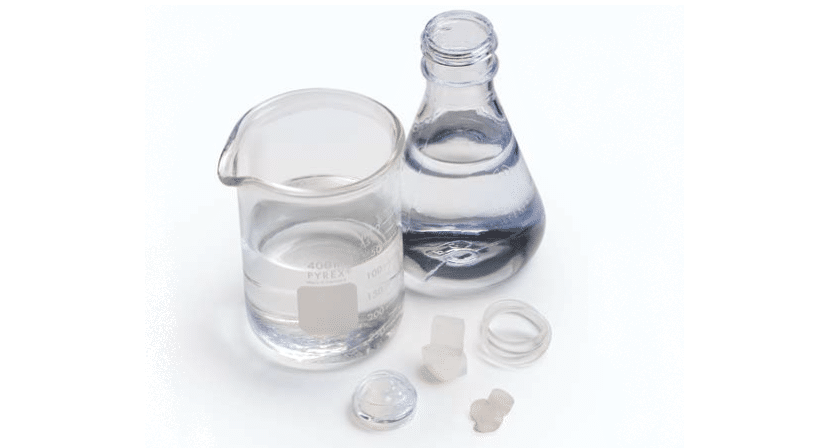
In this blog post, we will go through the different types of biocompatible silicones that we offer. The selection of silicone will most of all have to be adapted to which properties the end product should have and with which manufacturing method will be used in the final production.
Within each category, you will find a number of variations in the final properties of the silicone, e.g. hardness (durometer), strength and different process parameters such as cure time etc. Here is a guide to which category to start your search within.
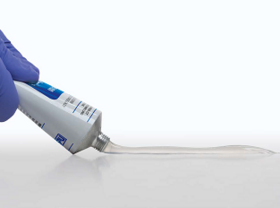
Silicone adhesives and sealants are designed to bond silicone to silicone as well as other materials such as metals or plastics. They are formulated for the best possible adhesion and are available in 1- or 2-component versions as well as varying work life to fit the needs of every production. The viscosities range from flowing to thixotropic. Pressure Sensitive Adhesives (PSAs) are also available in this category. See products.
Primers are used to improve the adhesion of a silicone adhesive to the substrate it will be bonded to. There are primers for every situation: condensation curing silicones, addition curing silicones and every type of substrate, e.g. metal or plastic. See products.
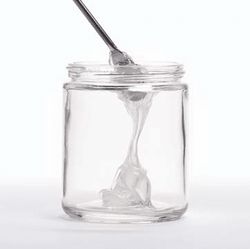
LSR stands for Liquid Silicone Rubber. This type of silicone is especielly developed for injection moulding and has a consistency of a petroleum jelly. LSRs are filled with silica for better mechanical properties (higher tear strength for instance) and is the type of silicone normally used for moulded parts such as o-rings, seals, valves, gaskets and other precision moulded parts within the medical industry.
LSRs can be quite difficult to work with manually due to their relatively high viscosity, but it is still recommended to use them if the final production method will be injection moulding. The mechaincal properties are significantly better than for the next group of biocompatible silicones – the low viscosity elastomers. See products.
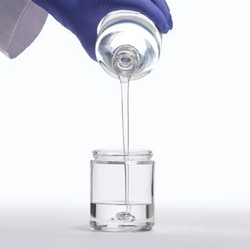
Low viscosity elastomers are a version of LSR but with a low, flowable and pourable viscosity which makes them suitable for processes where the silicone will be poured into a mould. These types of silciones are mainly used when a low viscosity isnecessary and the biggst downside compared to an LSR is the lower tear strength. Low viscosity elastomers can be used for potting, coating or moulding of silicone details.. See products.
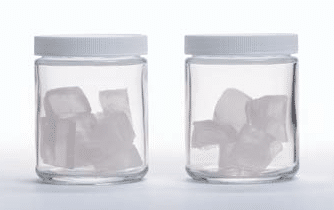
Silicones of the type HCR, High Consistency Rubber, have a consistency like a clay when they are uncured. HCR are often either platium curing or peroxide curing and consist of two components that a kneaded, for example through calendaring, then is shaped and cured with heat. Peroxide curing HCRs can be either pre-catalyzed or un-catalyzed. HCR silcione is suitable for processing methods such as extrusion, compression moulding and tranfer moulding to produce silicone parts like tubes, profiles, balloons and o-rings. This type of silicone has superior strength compared to other silicones. See products.
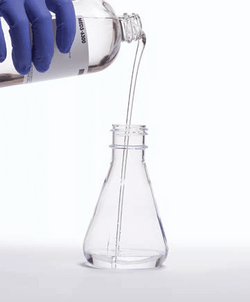
Silicone gels tend to be low viscous before curing and cure into very soft after curing. Gels are for example suitable for soft tissue implants or potting of sensitive electronics.
Something being a dispersion means that the material (in our case a silicone) is diluted in some sort of solvent. Silicone dispersions often have a very low viscosity which is suitable for applications where a thin film or coating is needed. Silicone dispersions work excellent for dipping or spraying.
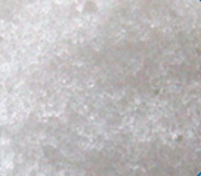
With their low density and flexibility, silicone foams have multiple uses. The actual foam is formed as a result of a chemical reaction that happens during cure (air is not mixed in manually). Silicone foams can be used for low density sheeting, tubes or profiles for which shock and vibration absorption is important. Se produkt.
Most biocompatible silicone materials are transparent or translucent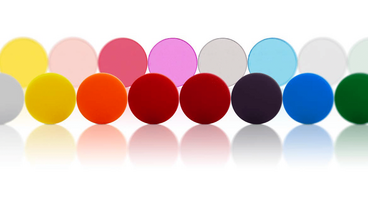 . These can of course be pigmented to the color of your needs using biocompatible color masterbatches. The term ”masterbatch” refers to the fact that the pigment is dispersed in a silicone polymer with vinyl functionality to be able to avoid pigment contamination and dust from loose pigment. This is especially important in a clean room environment. The silicone that the pigment is provided in will, during cure, covalently bond into the silicone matrix. Masterbatches with barium sulphate or titanium dioxide are also available for radioopacity.
. These can of course be pigmented to the color of your needs using biocompatible color masterbatches. The term ”masterbatch” refers to the fact that the pigment is dispersed in a silicone polymer with vinyl functionality to be able to avoid pigment contamination and dust from loose pigment. This is especially important in a clean room environment. The silicone that the pigment is provided in will, during cure, covalently bond into the silicone matrix. Masterbatches with barium sulphate or titanium dioxide are also available for radioopacity.
Masterbatches are compatible with LSRs, HCRs and low viscosity elastomers and have minimal impact on the final properties of the silicone.
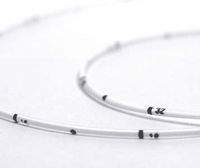
Looking for an ink for silicone surfaces? Nusil’s series of inks (MED-6613 and MED6608-X) are developed to have adhesion on silicone surfaces. They are available in a number of different colors and can be applied using pad printing and silk screen printing
Biocompatible silicones are not only used as cured materials within the medical industry, but also as non-curing fluids. Silicone fluid, silicone grease, cpecially formulated caotings or self-lubricating silicones are available for lubrication needs within the medical industry. Applications range from reduction of friction on silicone surfaces, needle lubrication, lubrication of cutting tools etc.. Se produkter.
All biocompatible silicones from Nusil have Master Files with the FDA that can be upon request. The products are tested and approved according to USP Class VI and/or ISO 10993.
Feel free to contact us if you want help finding the right biocompatible silicone for your application!
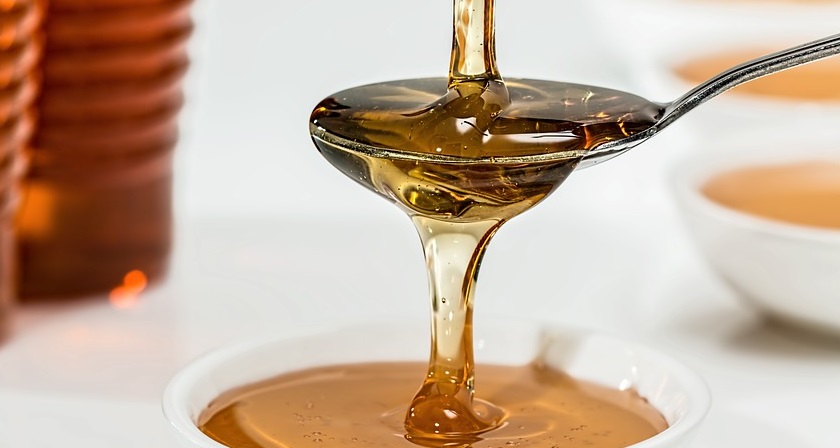
When choosing an adhesive for your application, it is advantageous if you consider the adhesive viscosity to best suit your application and process.
Read more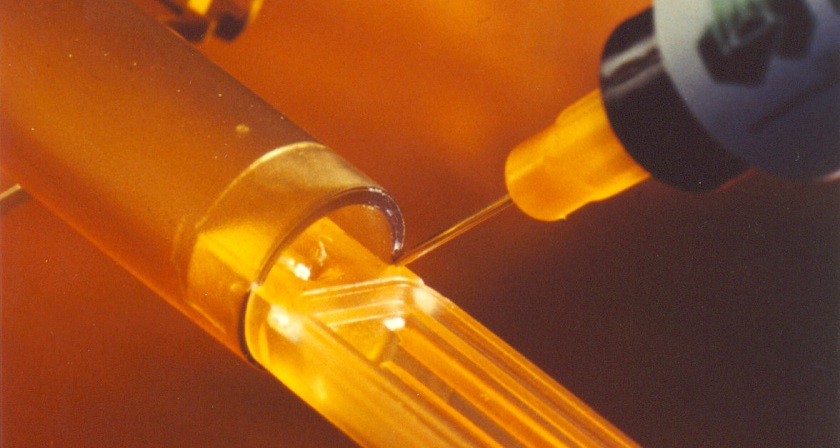
Medical grade adhesives are commonly biocompatibility tested according to ISO 10993 standard. Choose Epoxy, UV-curing adhesive or silicone.
Read more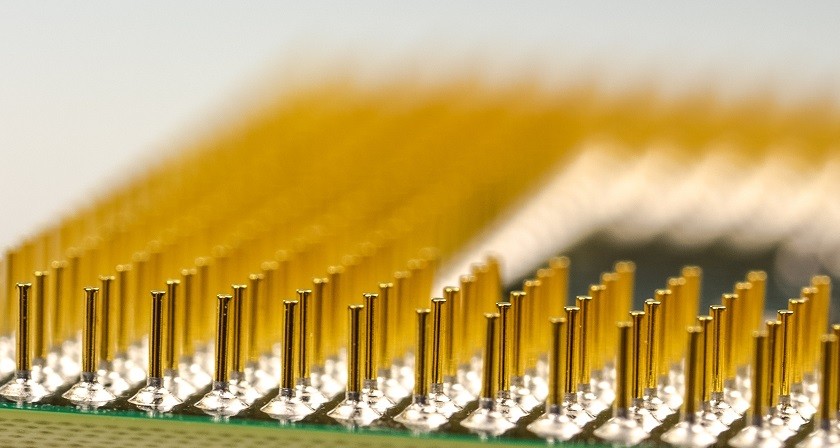
Electrically conductive adhesives are used in many different types of industries and applications. Some examples are electronics, solar cell, medical, aerospace, space and automotive applications.
Read more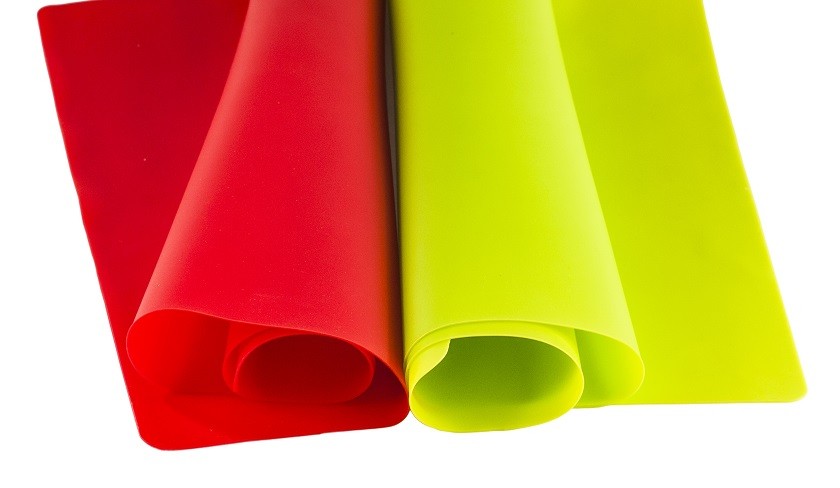
Silicone rubber is one of the most difficult-to-bond rubbers. We will give you options for adhesives that can help you bond silicone.
Read more
Your silicone is not curing even though you have followed every instruction? Inhibition could be the reason.
Read more